- 3690
- 3
Sharing Ideas and Updates on LPG in Nigeria and related information to enable effective collaboration within the LPG Value Chain
What To Look Out For Before Buying An LPG Tank: A Complete Guide
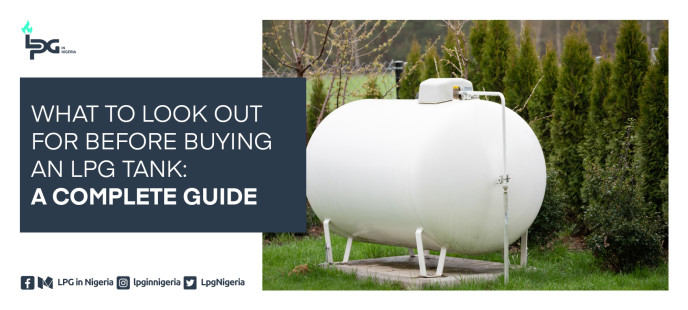
As more Nigerians turn to Liquefied Petroleum Gas (LPG) for cooking and other energy needs, ensuring safety begins right from the point of purchase. Buying an LPG tank isn’t just about getting the best price — it’s about making sure you’re taking home a product that meets safety standards and will serve you reliably for years.
At LPG in Nigeria, we believe that every consumer deserves access to safe and high-quality gas equipment. In this blog post, we’ll walk you through the key factors to consider before buying an LPG tank to keep your household or business safe.
1. Check the Manufacturer’s Information
Every LPG tank should have clear manufacturer markings that provide important details about the cylinder. Look for:
Manufacturer’s Name or Brand: A reputable brand is more likely to meet safety standards.
Name plate
it should carry the
- manufacturing date
- test pressure
- design pressure
- temparature
Country of Origin: This can give insight into the quality of materials and manufacturing processes.
Manufacturing Date: This is crucial for determining the tank’s lifespan. In Nigeria, LPG tanks have a lifespan of 15 years.
2. Verify the Expiry Date
LPG tanks don’t last forever. To calculate the expiration date, simply add 15 years to the manufacturing date. For example:
If the tank was made in 2010, it expires in 2025.
Using an expired tank is extremely dangerous because the metal can weaken over time, increasing the risk of leaks and explosions.
3. Inspect the Cylinder Body
Before making a purchase, do a visual inspection of the tank:
No Rust or Corrosion: A rusty tank is a ticking time bomb.
No Dents or Cracks: Structural damage can weaken the tank’s integrity.
Paint Quality: Good-quality paint helps prevent rust and prolongs the tank’s lifespan.
A Tank Should have these features on it
-magnetic level guage
-safety relief valve
-thickness both shell and dish end
-temperature guage
-pressure guage
4. Look for Safety Certifications
In Nigeria, every LPG tank should have a:
SON Product Registration Number: This shows that the tank has passed safety tests by the Standards Organisation of Nigeria (SON).
Customers should also look for the manufacturer's SONCAP and NMDPRA certification for local manufacturers.
MANCAP Logo: For locally produced tanks, the Mandatory Conformity Assessment Programme (MANCAP) logo is a sign that the tank meets national safety standards.
If these certifications are missing, do not buy the tank.
5. Check the Test Pressure Rating
LPG tanks undergo pressure testing to ensure they can handle the high pressure of liquefied gas. The test pressure rating should be clearly marked on the cylinder. A tank without this rating is a safety hazard.
6. Confirm the Tare Weight
The tare weight is the weight of the empty tank. Knowing this is important because when you refill the tank, you can calculate the correct weight of the gas. An incorrect tare weight could mean you’re either underfilling or overfilling, both of which are dangerous.
7. Check the Valve and Rubber Seal
The valve is where the gas flows out, and it should:
Turn smoothly without resistance.
Have no visible leaks.
Include a rubber seal to prevent leaks — this is a small but critical safety feature.
Some gas plants replace faulty valves for free, so always have it checked before leaving.
8. Avoid Cheap, Fabricated Cylinders
In Nigeria, some welders fabricate LPG tanks from substandard materials to sell cheaply. These tanks often:
Lack manufacturer markings.
Have uneven welding seams.
Feel unusually light, indicating thin metal walls.
Using these cylinders is extremely dangerous and should be avoided at all costs.
What the cylinder should entail
5 tons 10mm/ 8mm
10 tons 12mm / 10mm
15 tons 12mm all tru
20 tons 14mm / 12mm
The typical thickness of tank ( body and dishend), note that the dishend is always thicker.
9. Ask About Requalification
Requalification is a safety check conducted every five years to ensure the tank is still fit for use. A properly requalified tank will have a stamp indicating the requalification date. If you’re buying a used tank, ensure this has been done.
10. Buy from Certified Sellers Only
Finally, always buy your LPG tank from a licensed dealer or gas plant. Certified sellers are more likely to provide:
Genuine products.
Safety advice and proper handling instructions.
Warranty or after-sales support.
Buying from road-side vendors might be cheaper, but the risks far outweigh the savings.
Conclusion: Safety First, Always
An LPG tank is not just another household item — it’s a pressurized vessel that holds flammable gas. Choosing the right one can mean the difference between safe, efficient energy use and a potential disaster.
At LPG in Nigeria, we are committed to spreading awareness about safe LPG usage. Whether you’re buying your first tank or replacing an old one, these tips will help you make an informed and safe choice.
Remember: A good LPG tank protects your home. A bad one puts it at risk. Choose wisely.
3 Comments.
-
-

Oluwabukola Jimoh
01 April 2025 - 06:56amA 5mt skid plant , assembled in Nigeria would cost about 23 million.
Reply
-




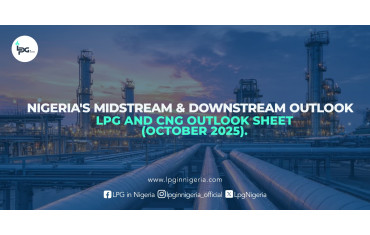
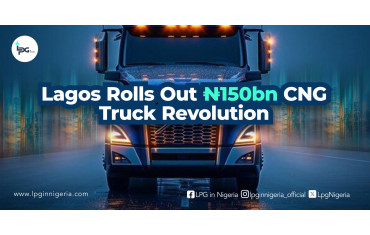
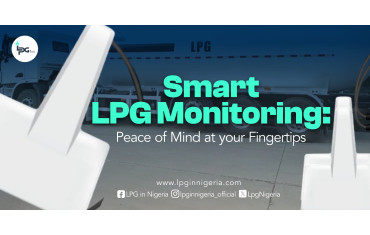
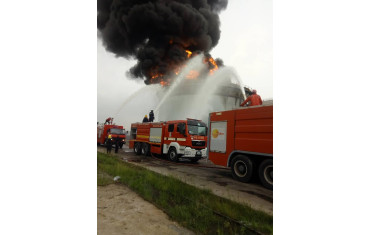
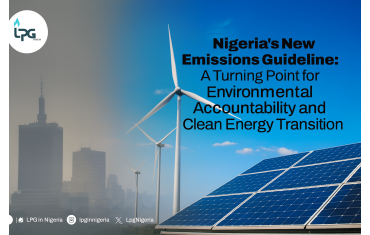
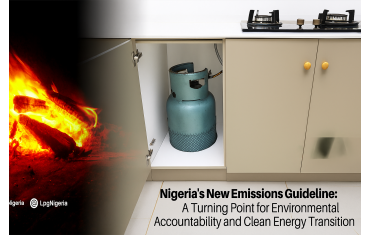
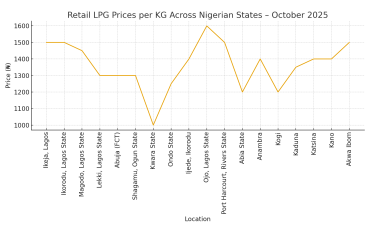
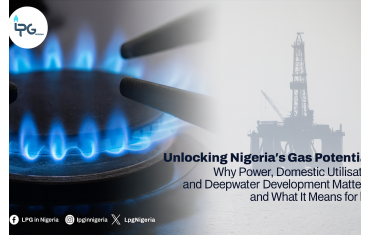
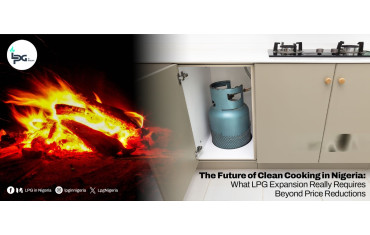
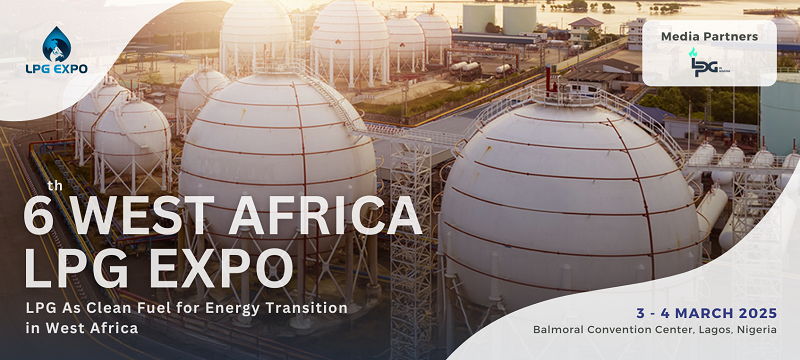

Bennie
26 March 2025 - 03:35pmGood afternoon, hope this meets you well. What's the estimate of establishing a 5MT in Abuja excluding land.
Thank you
08033075414
Reply